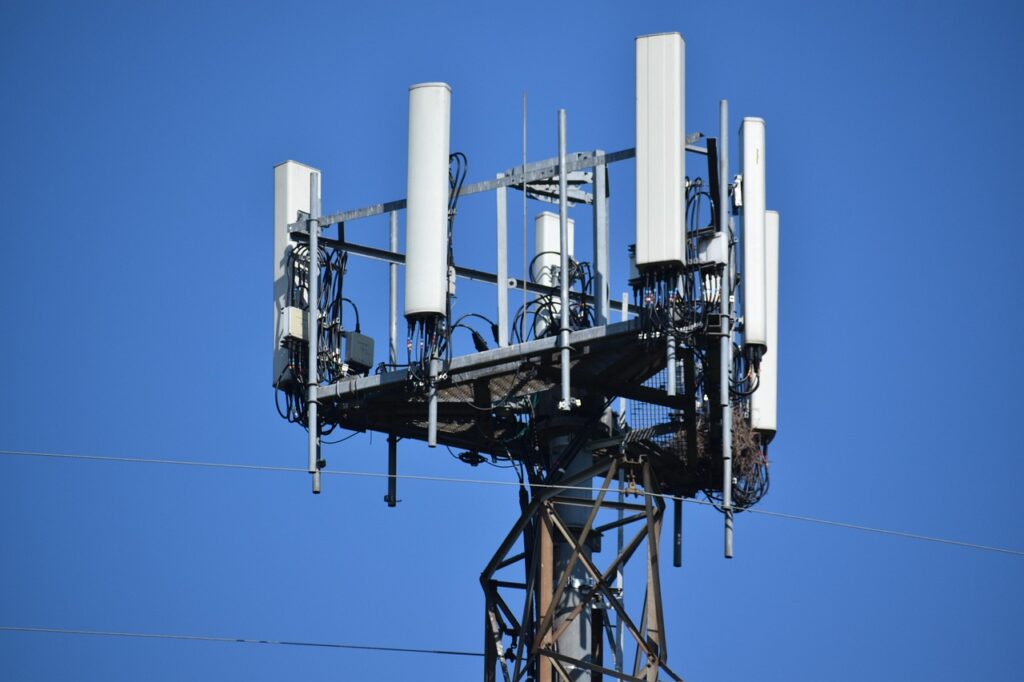The Evolution of Mobile Network Generations
Introduction
Can you imagine a world without mobile phones? It’s hard, right? From fuzzy voice calls in the 1980s to lightning-fast video chats today, mobile networks have grown smarter and faster. Each “G”—short for “generation”—has brought a new wave of innovation. So, buckle up! We’re about to take a fun and fascinating trip from 1G all the way to the futuristic 6G.
The Birth of Mobile Connectivity – 1G
Overview of 1G Technology
Back in the early 1980s, 1G was the granddaddy of mobile communication. Think big, bulky phones and grainy voice calls. This generation used analog signals for voice transmission.
Key Features of 1G
- Analog voice communication
- Speeds up to 2.4 kbps
- Coverage was minimal and patchy
Limitations of 1G
- Poor voice quality
- No data services (yep, no texting!)
- Easily intercepted – almost zero security
The Digital Breakthrough – 2G
How 2G Changed the Game

Welcome to the digital world! Launched in the early ’90s, 2G brought clarity and reliability. Suddenly, your mobile wasn’t just for talking—it was for texting too.
Introduction of SMS and MMS
- SMS (Short Message Service) took off like wildfire
- Later, MMS (Multimedia Messaging Service) let you send pictures and sounds
Advantages of 2G over 1G
- Clearer voice quality
- Encrypted calls for more security
- Lower power consumption
Faster Connections – 3G
What Made 3G Revolutionary
Launched around 2001, 3G opened the door to mobile internet. This was the era where emails, Google, and YouTube came to your fingertips.
Mobile Internet and Multimedia Access
- Download speeds up to 2 Mbps
- Streaming audio and video became possible
3G in the Era of Smartphones
Smartphones finally made sense with 3G. You could browse websites, use GPS, and access apps without needing Wi-Fi.
The Era of Speed – 4G
How 4G Transformed Mobile Communication
If 3G was a bike, 4G was a rocket ship. Launched around 2009, 4G gave us blazing speeds and smoother experiences.
LTE and High-Speed Internet
- LTE (Long-Term Evolution) made 4G even faster
- Speeds of 100 Mbps and more
Impact on Streaming and Social Media
Watching Netflix or going live on Instagram? Thank 4G!
- Seamless video streaming
- Real-time gaming and social media
The Smart Future – 5G
What Is 5G and Why Is It Important?

5G is the present—and it’s a game changer. With ultra-fast speeds and almost zero latency, it connects not just phones, but everything around us.
Real-Time Speed and Ultra-Low Latency
- Download speeds up to 10 Gbps
- Latency as low as 1 millisecond
Use Cases: IoT, Smart Cities, Autonomous Vehicles
- Your fridge can order milk
- Cars talk to each other on the road
- Entire cities become smart ecosystems
A Glimpse into Tomorrow – 6G
What We Know About 6G (So Far)
Expected around 2030, 6G will blur the lines between physical and digital. We’re talking holograms, real-time VR, and AI-powered everything.
Expected Features and Capabilities
- Terahertz spectrum usage
- Speeds up to 100 Gbps
- Hyper-connected systems
Potential Impact on Technology and Society
- Remote surgeries with zero lag
- Mind-machine interfaces
- Fully automated cities
Comparing All Generations
| Generation | Speed | Tech Type | Key Features |
|---|---|---|---|
| 1G | 2.4 kbps | Analog | Voice only |
| 2G | 64 kbps | Digital | Voice + SMS/MMS |
| 3G | 2 Mbps | Digital | Mobile internet, GPS |
| 4G | 100 Mbps+ | LTE | Streaming, Social Media |
| 5G | 10 Gbps | NR | IoT, Smart Cities |
| 6G | 100 Gbps+ | Terahertz? | AI, XR, Holograms |
The Real-Life Impact of Each Generation
Each “G” didn’t just change phones—it changed how we live.
- 1G: You could finally talk while on the move
- 2G: Texts became the norm
- 3G: Mobile browsing emerged
- 4G: Streaming and apps exploded
- 5G: Connected everything
Security in Each Generation
Privacy and Encryption Across Generations
- 1G had no encryption—a hacker’s dream
- 2G introduced basic encryption
- 3G and beyond: Stronger firewalls and security protocols
Security Challenges from 1G to 6G
- The smarter the tech, the more vulnerable it becomes
- 6G may require quantum-level security
The Global Adoption of Mobile Generations
Which Countries Led the Way
- Japan: 1G Pioneer
- Finland: First to launch 2G
- South Korea & U.S.: Big players in 5G
Regional Variations in Network Rollouts
Developed countries adopt new Gs faster, but global reach takes time.
Challenges in Mobile Network Evolution
- High infrastructure costs
- Device compatibility issues
- Spectrum allocation battles
How Businesses Benefit from Mobile Network Upgrades
- E-commerce thrives with faster internet
- Healthcare sees better remote treatment
- Manufacturing becomes more automated
The Role of AI and Machine Learning in 5G and 6G
- AI enables real-time decisions in networks
- Smart routing, optimization, and automated troubleshooting
The Environmental Side of Connectivity
- Older networks were energy hogs
- 5G and 6G aim to be energy-efficient
- Use of green base stations and renewable power
Conclusion
From static-filled calls to immersive holograms, the journey from 1G to 6G is nothing short of extraordinary. Each generation has brought us closer together, made our lives more efficient, and opened doors to the unimaginable. The next time you make a video call or stream a 4K movie, just remember—you’re standing on the shoulders of G-giants.
FAQs
1. What does the “G” stand for in mobile networks?
“G” stands for “Generation.” Each new G represents a major leap in mobile technology.
2. How is 5G different from 4G?
5G is faster, has lower latency, and supports more connected devices compared to 4G.
3. When will 6G be available?
Experts expect 6G to roll out around 2030, though trials may begin earlier.
4. Can older phones use 5G or 6G?
Nope. Your phone needs to have the right hardware to support these technologies.
5. Is 6G going to replace Wi-Fi?
Not exactly, but it might complement or integrate with Wi-Fi for ultra-fast indoor connections.







